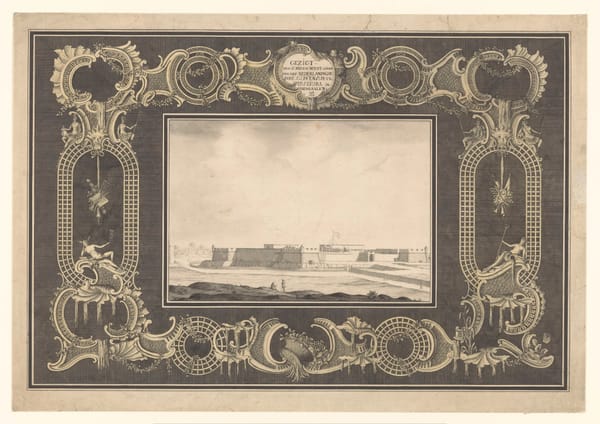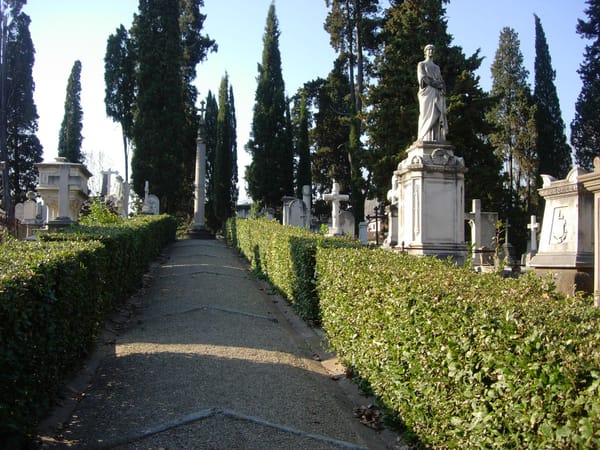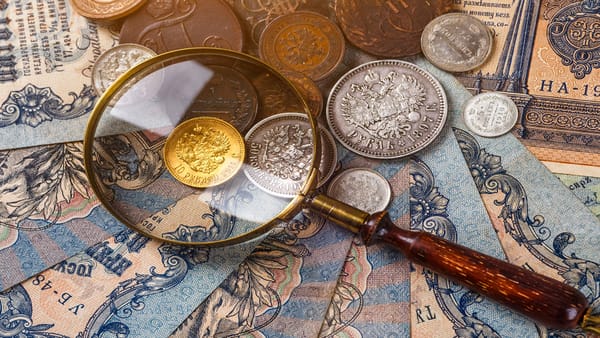The Portuguese "Carreira do Japão"
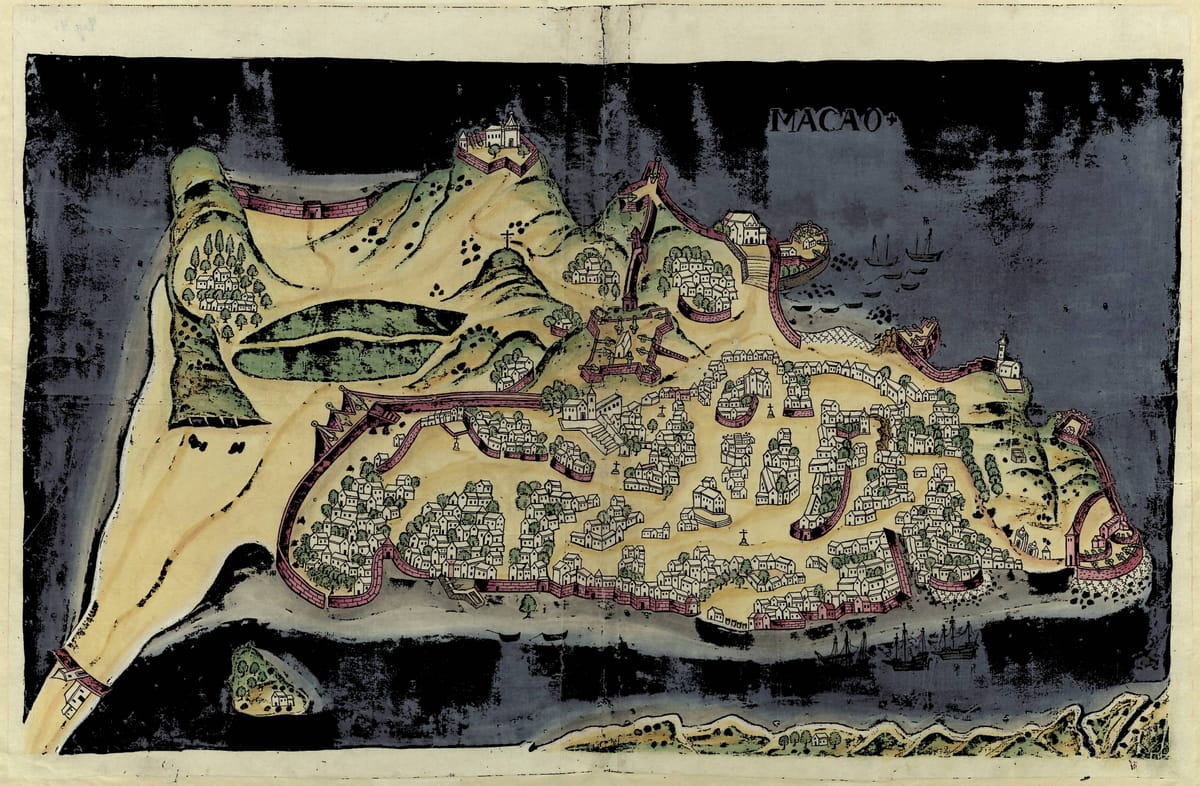
Carreira da Índia is the name given to the state-controlled ships from Portugal that dominated the passage from Europe to India during the beginning of the early modern period. In the 16th century, the Portuguese crown sought to monopolise the traffic of goods from the Asian continent to Europe through the carreira. However, the Portuguese presence in Asia did not rely solely, perhaps not even mainly, on the voyages between Europe and Asia but also on the many voyages between Asian ports. Portuguese participation in intra-Asian early modern trade was thus significant. The various trade routes that the Portuguese established between designated Asian ports are collectively known as the carreiras system. Therefore, in addition to the carreira da Índia, the Portuguese carried many other smaller carreiras in Asia, whereby they traded various Asian goods from different parts of the continent.
At first, the Portuguese Crown intended to run all the carreiras, but it was soon decided that a compromise between the Crown and the private merchants would be more suitable. The Crown issued authorisation letters for noblemen to captain one carreira for a fixed period of time. The first carreiras were established between ports located on the western coast of India, but soon they expanded to places as far as southern China and the Japanese archipelago.
After the Melaka conquest, Portuguese traders and missionaries attempted to establish contact with China but encountered reluctance from Ming officials. Despite some early setbacks, Portuguese private traders gradually managed to make inroads into the private trade of the Fukien and Chekiang coasts (Subrahmanyam 1993, 101). In 1550, the Chinese authorities finally allowed the Portuguese to use the port on Shang-Chuan Island and participate in the Canton fairs. Portuguese private traders often engaged with the so-called wakō, pirates who raided the Eastern Asian coastlines in the fifteenth and sixteenth centuries. Probably through the wakō networks, they reached Japan in 1543, and, in less than a decade, the ports of Kyūshū island, western Japan, began to receive Portuguese merchants and missionaries on a regular basis. Traders mainly brought Chinese silk to Japan, while the principal export from the archipelago was silver.
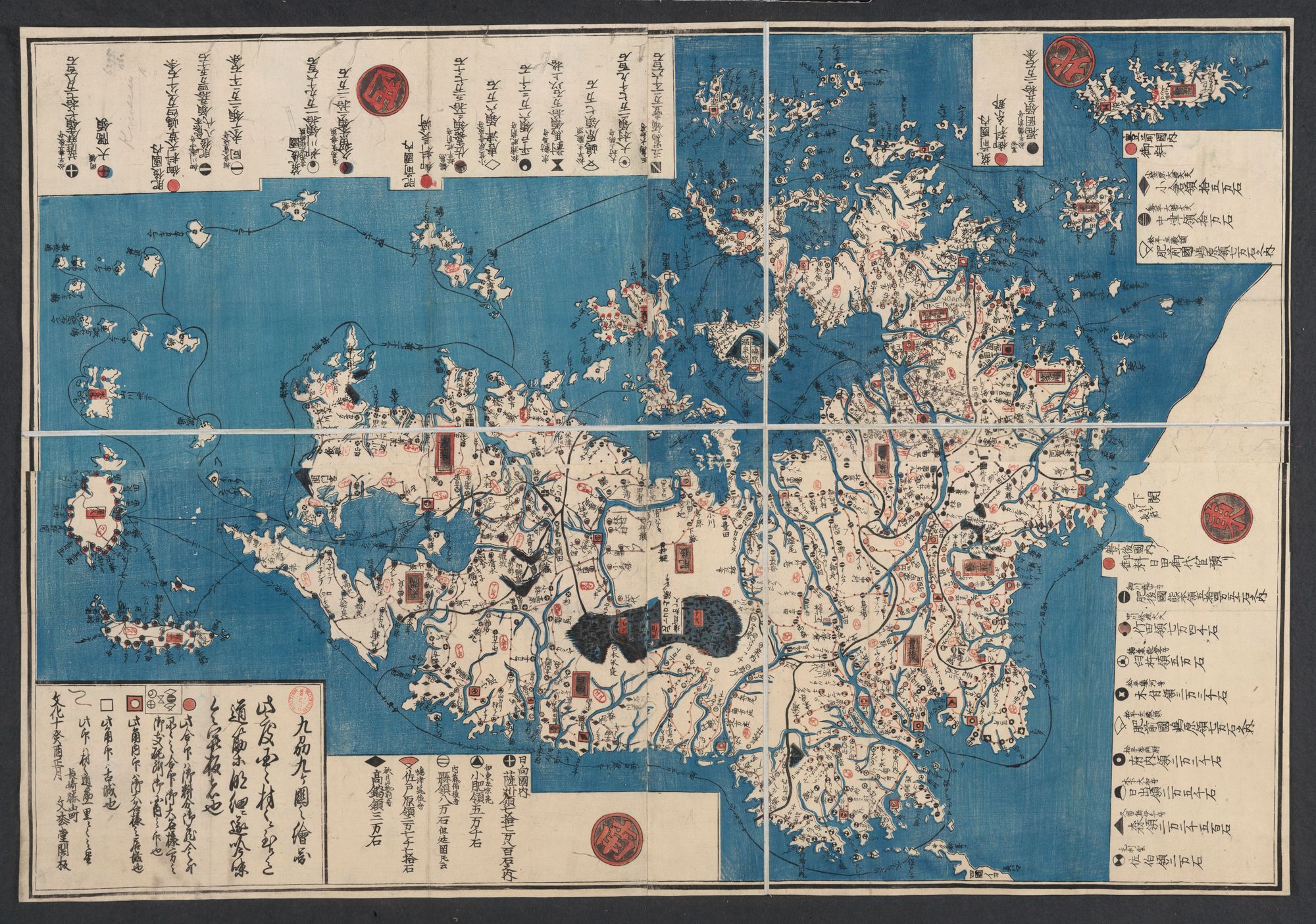
By the time the Portuguese were granted permission from the Chinese authorities to move to Macao in 1557, the China-Japan route was already carried out through the captain-major (capitão-mor) system, which consisted of voyages awarded by the Portuguese Crown to a captain chosen annually by the viceroy in Goa. This captain collected a freight charge from all the merchants transporting goods to be sold in his vessel (Oka 2021).
The Macao-Japan route is known as carreira do Japão and its high profitability is the result of what Sanjay Subrahmanyam called the “Far Eastern turning of Portuguese trade in Asia” (Subrahmanyam 1993). It was part of a larger route that linked the ports in Goa, Melaka, Macao, and Japan, where pepper and spices (from Melaka), silk, gold, copper and precious metals (from China) and silver (from Japan) were traded. According to Luís Filipe Thomaz, this long intra-Asian route was more lucrative than the carreira da Índia (Thomaz 2018). The carreira do Japão was especially lucrative because the demand for silk was high in Japan, and trade with China had been banned in the second half of the fourteenth century due to the depredations of the wakō on the Chinese coast. As a result, the Portuguese were able to act as intermediaries in this trade, doing their best to control the price of silk in Japan. To prevent a drop in price, they had to ensure that the Japanese market did not get flooded with silk. They achieved this through an arrangement called armação.
The details of the agreements made by the traders in the carreira do Japão are laid out by a Portuguese Jesuit, Manoel Dias, in a report written to the General of the Order, Claudio Acquaviva, dated 18 April 1610 and titled “Report concerning the armação or corporate agreement by which the citizens of Macao send their silk to Japan” (Informação da armação ou contrato da companhia em que os moradores de Amacao mandão a sua çeda ao Japão). The manuscript in Portuguese can be found in the Jesuit archive in Rome (ARSI, Jap.Sin. 14II, fols. 341-342v), but it has been translated into Spanish by Jorge Alvarez Taladriz (Taladriz 1959) and into English by Michael Cooper (Cooper 1972).
Dias stated that in the beginning, the captain-major would come from India with his ship to Macao, where he would make an agreement with the merchants who would pay him a freight due. However, because the captain negotiated mainly with the wealthiest merchants, the poorer traders could never load silk onto his ship but only less profitable goods. As the population of Macao increased, they worked with the bishop, Dom Belchor Carneiro, to create a new arrangement for the carreira do Japão, which they called armação. Under this new system, the captain of the voyage would negotiate with three Procurators (procuradores) elected by the inhabitants of the city. The Procurators, together with the captain, would determine the amount of silk that could be sold in Japan “for a good price,” and the city would pay him a 10% freight rate and a certain extra amount to compensate for the limited cargo. In return, the captain had to make sure that no silk outside this agreement entered his ship. The Procurators were also responsible for dividing the silk loaded on the ship between the inhabitants of Macao. Each man was assigned a sufficient share, called the baque, “so that the profits therefrom are enough to support his family for a year in keeping with his station.” In Japan, silk was sold by a factor chosen by the Procurators.
The armação system was strictly enforced to prevent silk prices from dropping in Japan. The procurators of Macao and the captain-major of the annual voyage vigorously ensured that no ship carrying Chinese goods could cross to Japan. Punishment for those who disregarded the rules could include excommunication. Dias further notes that, to prevent smuggling, no Japanese silver was allowed in Macao.
The carreira do Japão played a critical role in the financial prosperity of the population of Macao and the Jesuits in Japan, and its success ensured the continued presence of Latin Europeans in the archipelago. It is no coincidence that when the Dutch challenged the Portuguese in the Asian seas and hindered this trade, it did not take long for the newly established government in Japan (led by the Tokugawa clan) to ban both Catholic missionaries and Portuguese traders. Unable to trade with Japan, the population of Macao was then compelled to find new ways to provision themselves and invest in other routes in Asia.
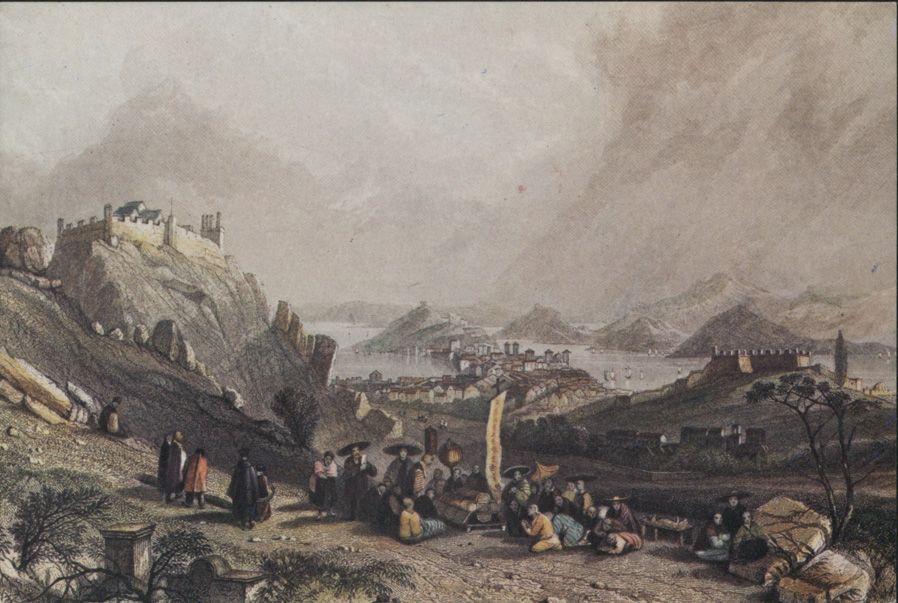
References:
Cooper, Michael. 1972. “The Mechanics of the Macao-Nagasaki Silk Trade.” Monumenta Nipponica 27 (4): 423–33. https://doi.org/10.2307/2383821.
Oka, Mihoko. 2021. The Namban Trade: Merchants and Missionaries in 16th and 17th Century Japan. Leiden: Brill.
Subrahmanyam, Sanjay. 1993. The Portuguese Empire in Asia, 1500-1700: A Political and Economic History. London and New York: Longman.
Taladriz, José Luis Alvares. 1959. “Un Documento de 1610 sobre el Contrato de Armação de la Nao de Trato entre Macao y Nagasaki.” Tenri Daigaku Gakuho XI (1): 1–20.
Thomaz, Luís Filipe F. R. 2018. “O Sistema das Viagens e a Rede Comercial Portuguesa na Ásia Oriental.” Anais de História de Além-Mar XIX: 53–86.


